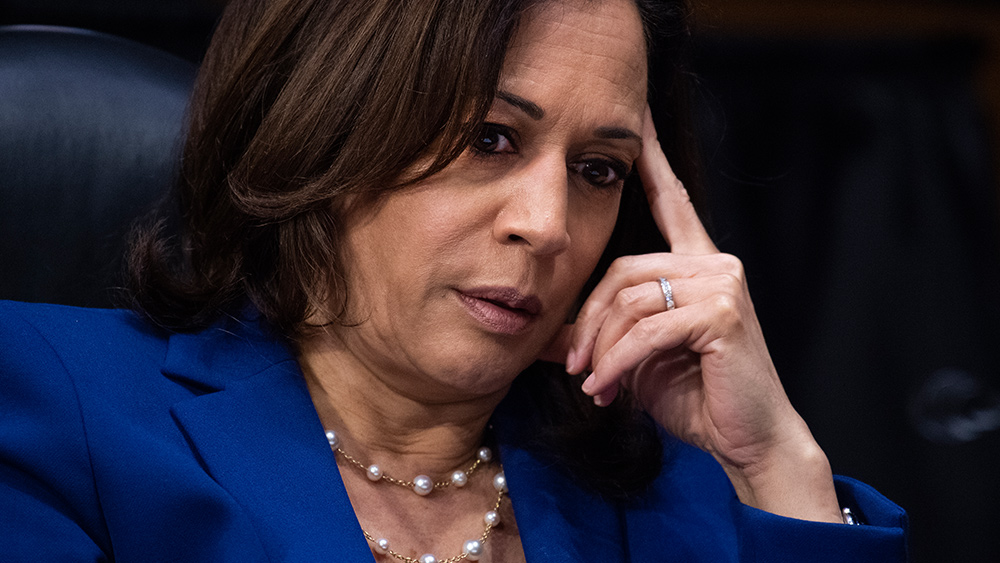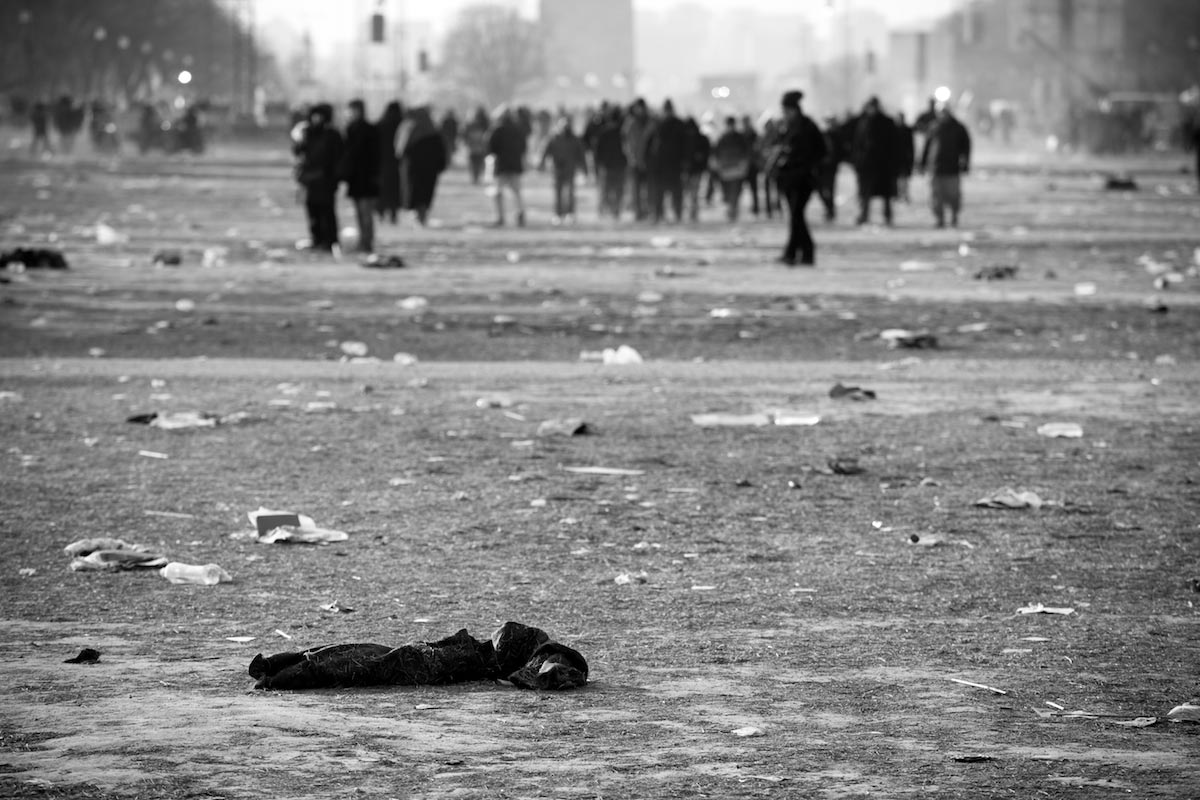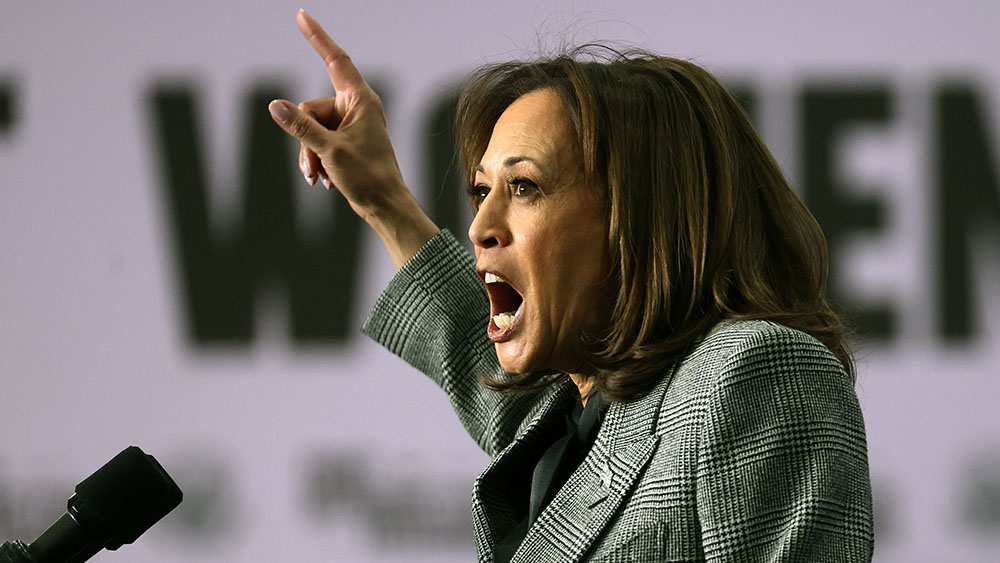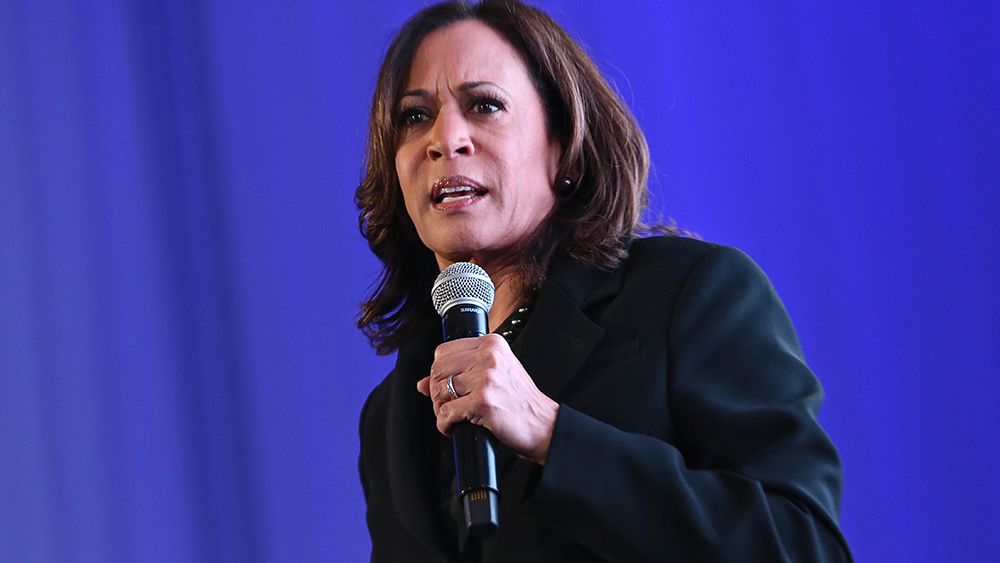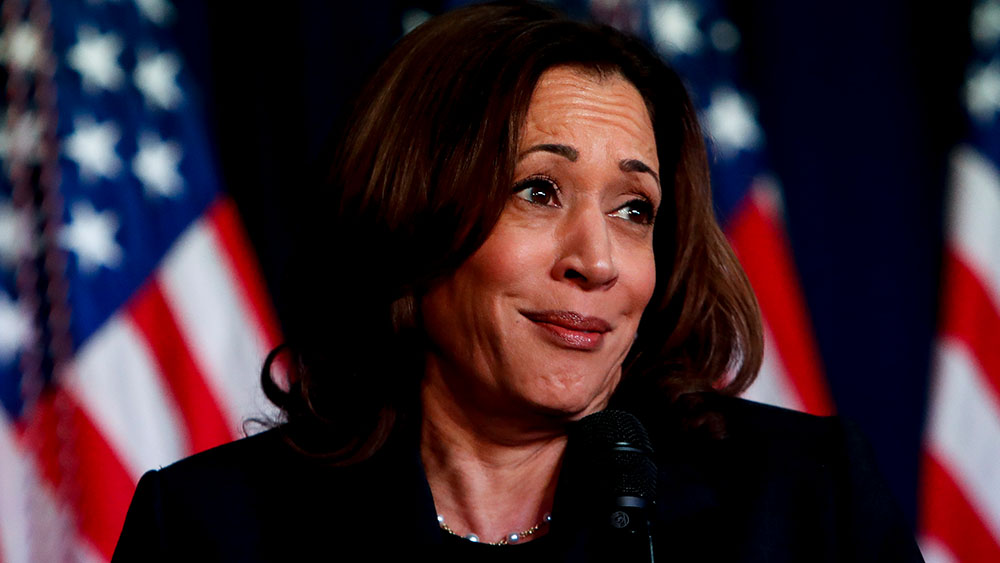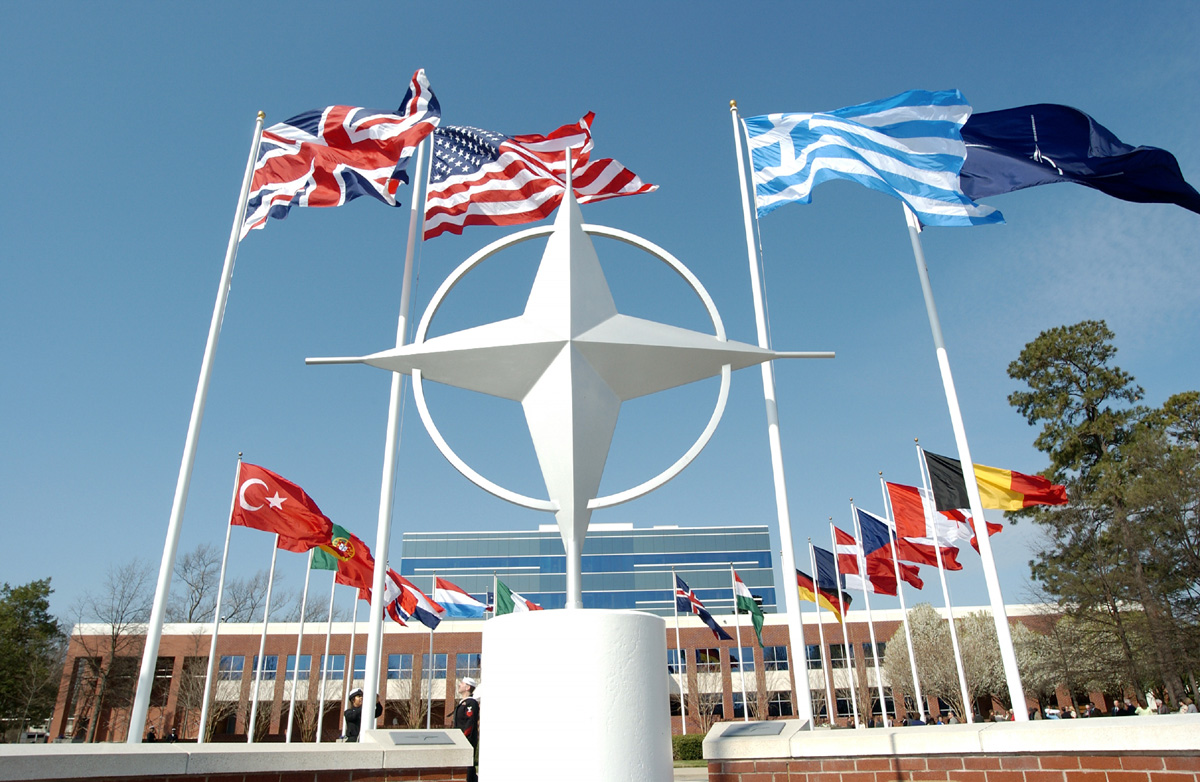
Whistleblowers have revealed that the Secret Service faced resource shortages during Trump’s recent rally due to the NATO summit in Washington, D.C., and First Lady Jill Biden’s event in Pittsburgh. House Judiciary Chairman Jim Jordan is demanding answers from FBI Director Christopher Wray about these security lapses, questioning the coordination and response times of the agencies involved. The committee seeks to uncover how these constraints may have contributed to the attempted assassination of Trump, the first such attack on a president in over forty years, raising serious concerns about national security and the effectiveness of law enforcement agencies.
(Article republished from GreatGameIndia.com)
US Secret Service informants have addressed the House Judiciary Committee, asserting that due to last weekend’s NATO summit in Washington, DC, and First Lady Jill Biden’s campaign rally in Pittsburgh, PA, there were insufficient resources available to cover former President Donald Trump.
Chairman Jim Jordan has asked FBI Director Christopher Wray for explanations reports Daily Caller.
“Whistleblowers have disclosed to the Committee that the USSS led two briefings regarding the July 13 campaign rally on July 8, 2024, with the Western Pennsylvania Fusion Center (WPFC) and other stakeholders, to discuss the upcoming, unrelated visits by President Trump and First Lady Dr. Jill Biden,” reads a Thursday letter from Jordan to Wray (read below). “The USSS Special Agent in Charge Tim Burke reportedly told law enforcement partners that the USSS had limited resources that week because the agency was covering the North Atlantic Treaty Organization (NATO) summit in Washington, D.C. FBI personnel were present at those briefings. While the Committee recognizes that the FBI is one of many agencies represented in the WPFC, it is the lead federal investigative arm and a key source of intelligence on potential threats for special events in its area of responsibility,” he continued.
“The Committee has several unanswered questions about the failures that led to the attempted assassination of a president—the first in over forty years—as well as the FBI’s ability to conduct a rapid, transparent, and thorough investigation in the wake of its recent scandals. Accordingly, to ensure that the Committee can effectively evaluate these matters during your testimony on July 24, 2024.”
Jordan asks Wray for the following details:
- How many agents, analysts and support personnel has the FBI dedicated to the investigation?
- Was there coordination between the FBI, USSS, and the WPFC before President Trump’s event on July 13?
- How many buildings had to be secured inside and outside of the security perimeter for President Trump’s event on July 13?
- Why was the roof of the AGR International building left unsecured?
- How much time elapsed between identifying the shooter as a potential threat and the attempted assassination?
- How much time elapsed between the local police officer encountering the shooter on the sloped roof and the attempted assassination?
- Has the FBI interviewed the local police officer who encountered the shooter?
- What does the FBI’s evaluation of the shooter’s phone and digital activity show about his actions and movements in the days and hours leading up to the attempted assassination?
- Was the security posture at President Trump’s event limited due to resource constraints with the NATO Summit and/or First Lady Dr. Jill Biden’s event in Pittsburgh?
- Is the FBI’s investigation limited to the shooter and his motivations or does it include the security failures that led to the attempted assassination?
- How did communication breakdowns between various law enforcement entities affect the ability of local law enforcement and USSS to identify the shooter as a potential threat and mitigate the threat before he took action?
- What actions did the USSS take to remove or cover President Trump after a threat was known or detected?
Read more at: GreatGameIndia.com
Please contact us for more information.















